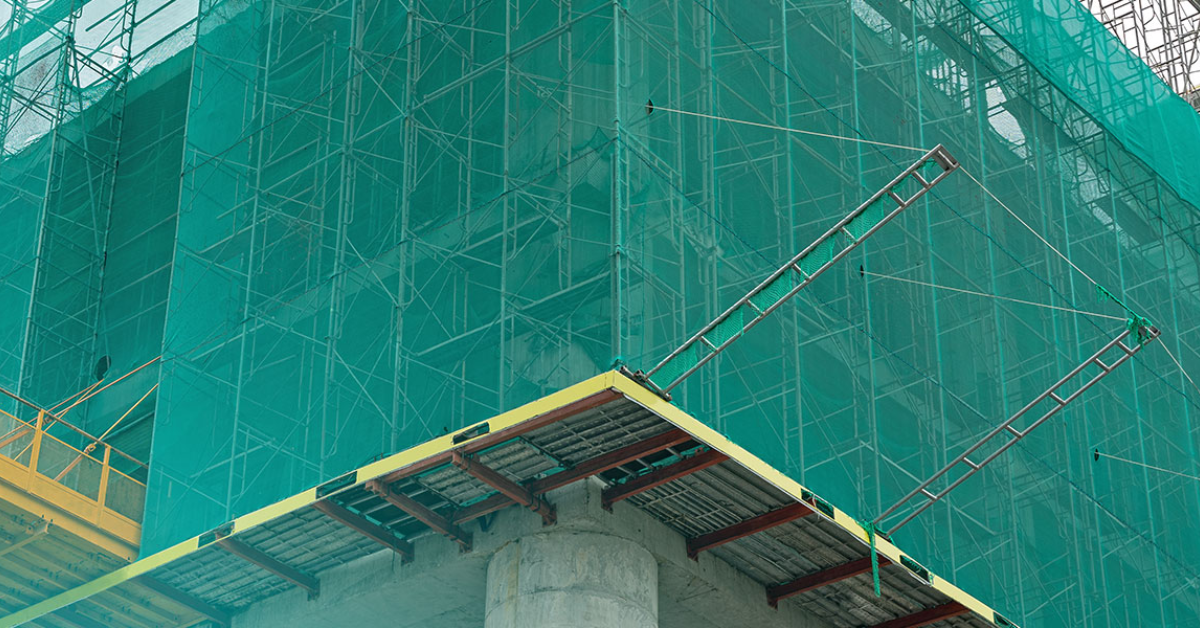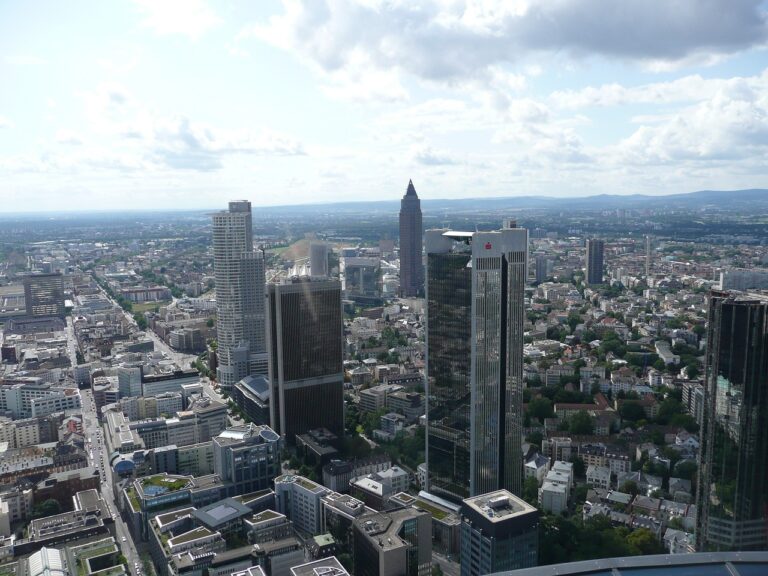Construction Safety Netting: Protecting Lives and Property on Every Job Site
In the ever-evolving world of construction, safety is not a luxury — it’s a necessity. From towering skyscrapers to residential builds, ensuring the wellbeing of workers, pedestrians, and property is essential. One of the most effective yet often underappreciated safety tools on construction sites is Construction Safety Netting.
Construction safety netting plays a critical role in accident prevention, providing a physical barrier that catches falling debris and safeguards workers at heights. For companies in Singapore, choosing high-quality, reliable netting can mean the difference between a safe work environment and a hazardous one.
This article explores the many dimensions of construction safety netting — its importance, types, benefits, and best practices — while highlighting how businesses can leverage this simple yet powerful safety solution to meet modern construction demands.
What is Construction Safety Netting?
Construction safety netting is a protective mesh system installed around buildings and scaffolding at construction sites. It serves multiple purposes, including:
-
Preventing tools, materials, and debris from falling onto people or property below.
-
Protecting workers from falls when working at height.
-
Creating a barrier that defines working zones for improved site organization.
The netting is typically made from high-tensile polyethylene, polypropylene, or nylon, materials chosen for their strength, durability, and resistance to UV exposure, weather, and abrasion.
Why Safety Netting is Crucial on Construction Sites
1. Worker Safety
Falls from height are among the leading causes of serious injuries and fatalities in the construction industry. Safety netting provides a reliable secondary fall protection system that can arrest falls and minimize injury.
2. Public Safety and Debris Containment
Urban construction sites are often surrounded by public roads, walkways, and businesses. Safety netting catches loose debris, tools, or materials, preventing them from falling outside the job site and posing risks to the general public.
3. Compliance with Regulations
In Singapore, construction sites are regulated under strict safety guidelines by the Ministry of Manpower (MOM). Implementing robust safety measures like netting is often mandatory. Companies that fail to comply can face legal penalties, work stoppages, or reputational damage.
4. Project Continuity
Accidents on site can lead to delays, investigations, and costly lawsuits. Installing safety netting reduces the likelihood of incidents, helping projects stay on schedule and within budget.
Types of Construction Safety Netting
Safety netting is not one-size-fits-all. Various types are available, each designed for a specific function:
a. Personnel Safety Netting
This netting is engineered to catch workers in the event of a fall. It is installed below work areas where there is a risk of falling from heights and must meet stringent load-bearing requirements.
b. Debris Netting
Lighter and more flexible than personnel netting, debris netting is typically draped around scaffolding to contain falling materials. It is not designed to arrest falls but is highly effective at protecting people and property below.
c. Scaffold Safety Netting
Used in tandem with scaffolding structures, this netting surrounds the scaffold and acts as both a visual barrier and a safety shield against falling tools or construction debris.
d. Fire-Retardant Netting
Especially important in sites where welding or high-heat equipment is used, this netting resists ignition and slows the spread of flames, adding a layer of fire safety to the site.
Benefits of Using Construction Safety Netting
1. Improved Safety Culture
When safety netting is visibly and properly installed, it signals a company’s commitment to safety. This not only boosts worker morale but also builds trust among stakeholders.
2. Reduced Insurance Costs
By lowering the risk of injury and property damage, safety netting can help reduce insurance premiums and minimize claims.
3. Customizable and Scalable
Modern netting systems are modular, allowing them to be tailored to fit virtually any construction environment — from small residential builds to large commercial projects.
4. Environmentally Friendly Options
Many suppliers now offer reusable and recyclable netting, reducing waste and aligning with sustainable construction practices.
Installation Best Practices
• Site Assessment
Before installation, conduct a thorough risk assessment of the site to determine where netting is needed — particularly in areas prone to high worker activity at height.
• Professional Installation
Always rely on trained professionals to install safety netting. Improper setup can render the net ineffective or even dangerous.
• Proper Tensioning
Netting must be taut and properly anchored to absorb impact effectively. Slack netting may not function as intended.
• Routine Inspections
Safety netting should be inspected regularly for wear and tear, weather damage, or shifting due to construction activity. Any defects should be repaired or replaced immediately.
• Documentation and Compliance
Ensure installation and inspections are documented to remain compliant with MOM and site safety audits.
Why Choose High-Quality Netting from a Trusted Supplier?
Not all safety netting is created equal. Using substandard materials or outdated netting systems can compromise site safety. In Singapore, reputable suppliers provide:
-
Nets tested to meet or exceed international and local safety standards.
-
Fire-retardant and UV-resistant materials for outdoor use.
-
Custom-fit solutions tailored to project size and layout.
-
Ongoing support, including inspection, maintenance, and replacement services.
Partnering with an experienced supplier ensures peace of mind and a solid return on investment in safety infrastructure.
Frequently Asked Questions (FAQ)
Q1: How do I know which type of safety netting my construction site needs?
A: A thorough site risk assessment is the best place to start. If workers are at risk of falling, personnel netting is required. For areas with falling debris, debris netting is ideal. Consult with your safety manager or supplier for tailored recommendations.
Q2: Is safety netting reusable?
A: Yes, high-quality safety netting is designed to be reusable, provided it has not been compromised. After a fall arrest or heavy impact, the net must be inspected thoroughly before reuse.
Q3: Can netting be installed in high-wind environments?
A: Yes, but additional precautions may be necessary. Wind load calculations and secure anchoring are crucial. Wind-permeable mesh options are also available to reduce resistance.
Q4: How often should netting be inspected?
A: Visual checks should be done daily, with full inspections at least once a week. Any damaged or loose netting should be addressed immediately to maintain safety compliance.
Q5: What is the lifespan of construction safety netting?
A: The lifespan depends on the material quality, environmental conditions, and usage. With regular maintenance, most nets can last 2 to 5 years. Fire-retardant and UV-stabilized nets typically last longer.
Conclusion
Construction safety netting is more than a safety accessory — it’s a frontline defense against injuries, project delays, and legal liabilities. From protecting workers from dangerous falls to preventing construction debris from harming the public, the benefits of using safety netting are undeniable.
For companies in Singapore looking to uphold the highest safety standards, investing in premium-grade construction safety netting is a smart, responsible, and legally compliant decision. Whether your project is a small-scale renovation or a towering skyscraper, the right netting system ensures everyone goes home safe.







